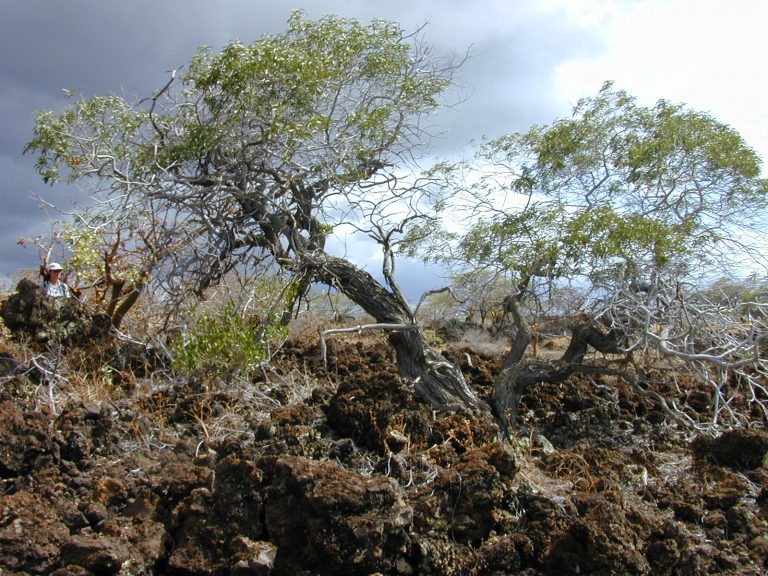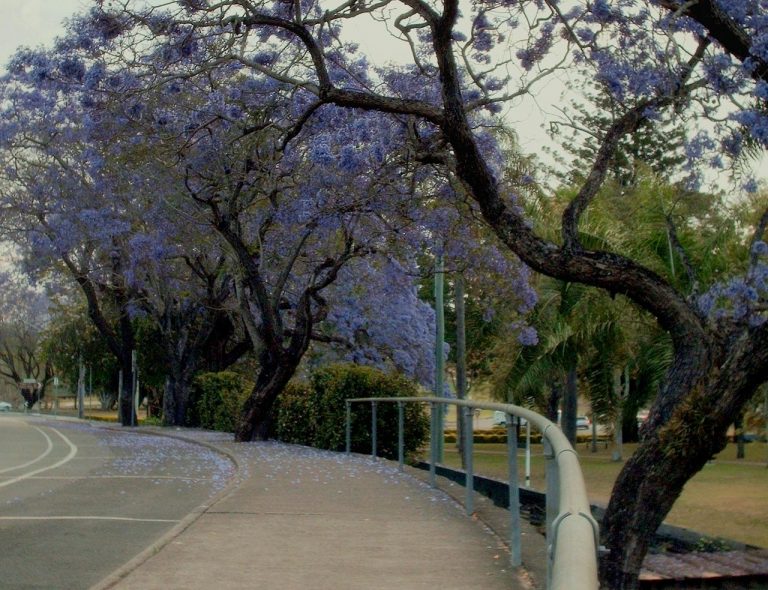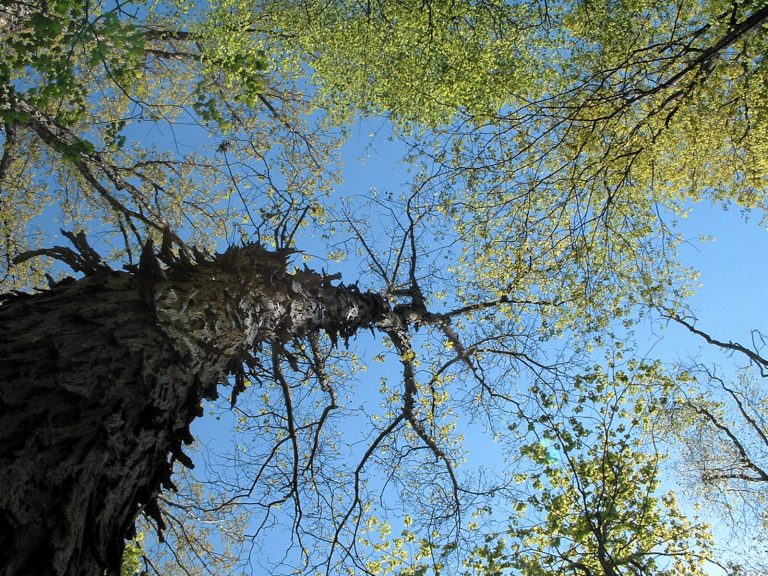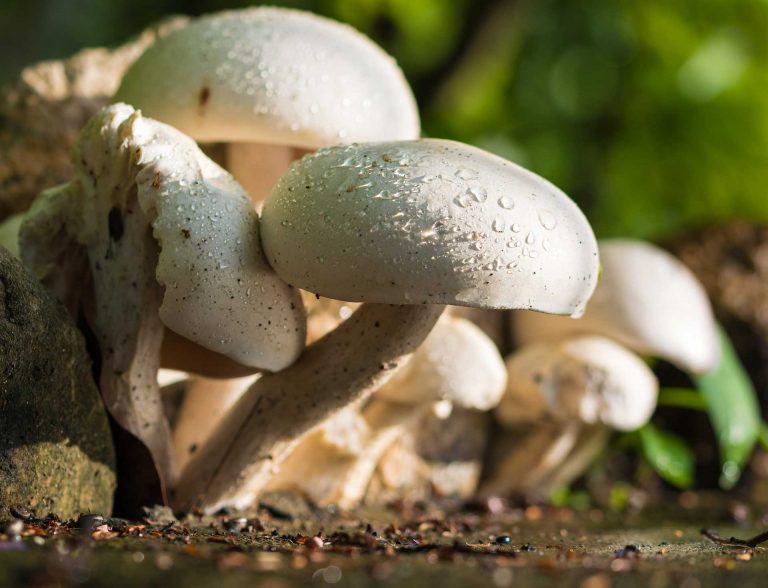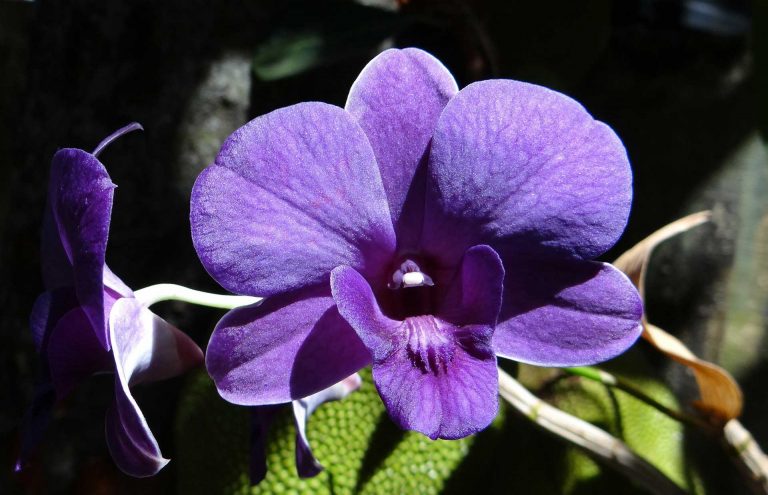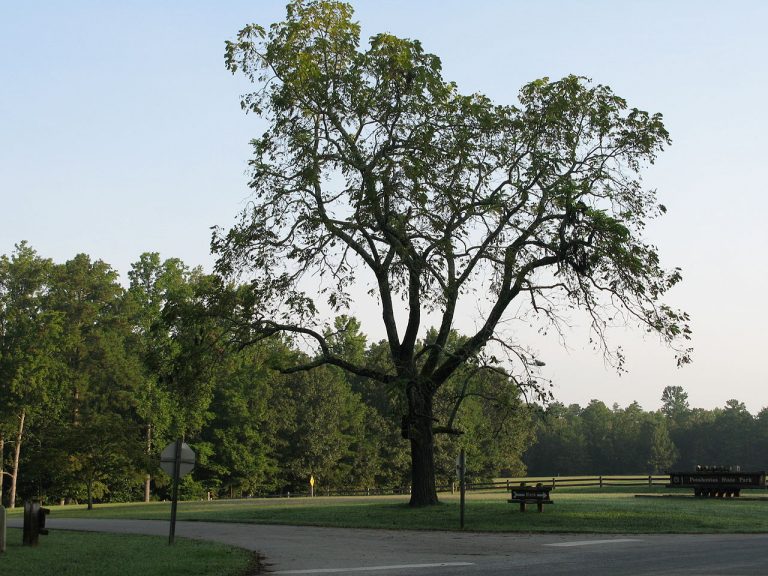Poplar Tree
Scientific classification
| Kingdom: | Plantae |
| (unranked): | Angiosperms |
| (unranked): | Eudicots |
| (unranked): | Rosids |
| Order: | Malpighiales |
| Family: | Salicaceae |
| Tribe: | Saliceae |
| Genus: | Populus |
| Type Species: | Populus tremula |
The Genus Populus, having about 25 to 35 different varieties of deciduous blooming plants belongs to the Salicaceae family. Cottonwood, Popular, and Aspen are the English names given to them. They inhabit a vast area of the Northern Hemisphere.
Most of these trees are cultivated for ornamental purposes, and various cultivars are used. They grow to great heights and with good speed. Most of these cultivars gain root quickly on the branches that break and lie on the ground and from the cuttings
The name Populus derives from Roman period when it grew abundantly where meetings were held.
Currently this popular is extensively used in the manufacturing field of plywood, paper, pallets and less expensive hardwood.
Anatomy
The bark of the growing trees is deep gray, green or white in color and smooth to the touch. Distinctive lenticels are frequent; in certain varieties of aging trees they are smooth, but in many others they turn horribly fissured and rough. They have thick shoots, having buds at the ends. Configuration of the leaves are spiral, with different forms like triangular, lobed or circular, the petiole is long; in those of the Aigeiros and Populus, they have laterally flattened petioles, which makes the leaves vibrate off and on in the breeze whereby the full tree gets a “twinkling” look. On one tree there are different sized leaves. The leaves are particularly small on the side shoots and on the fully grown shoots the leaves are quite big. In autumn, the leaves drop, but prior to that, their color changes from brilliant gold to yellow.
Even though the Popular is a fast growing tree, its life span is comparatively small. The overall shapes of the leaves are oval or the shape of a heart, placed alternately, and the edges of the leaves are of a crude saw-shape. The petioles are densely packed in a lateral manner on account of which the slightest breeze makes the leaves vibrate. The female and male flowers blossom on different trees. The flowers bloom in catkins which droop, much earlier to the shooting of the leaves. Prior to the full growth of the leaves the fruits mature; they are tiny in size and the walls of the capsule are thick and contain several tiny seeds wrapped with cotton- like tufts of hair with a silky texture that facilitates dispersion through the wind. The poplar wood is comparatively soft which makes it suitable for manufacturing cardboard boxes, veneer, paper and crates.
Habitat
These plants are extensively spread out all over the northern provinces of the temperate zones, extending from the continent of North America throughout the Northern parts of Africa and Eurasia; in addition certain species extending further than the regions of the Arctic Circle. Poplar trees flourish well in the climatic conditions where the summers are warm and winters are mild, whereas the Poplar trees that are seen in the provinces of Europe and Asia are principally found in the middle of the states in the south. Like: Alabama, Mississippi, Tennessee, Georgia, South Carolina. The soil of the regions in the south of the United States is moist, which makes it a perfect home for these Poplar Trees.
GROWING AT HOME
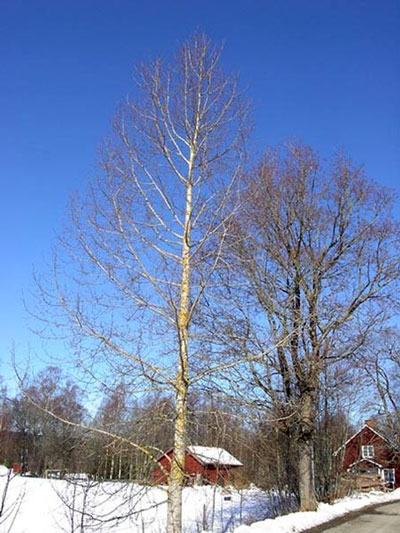
Soil for Planting
A soil that is rich in nutrients and that preserves moisture is the perfect soil that promotes the growth of poplar trees. Do not select a sloping landscape to grow your Poplars. 8% of the soil around the plant should contain Organic stuff (like various composts, manure and foliage). The apt pH value of the soil for your tree is 5.5 to 7.8. Never plant the tree in a soil which is rich in alkaline content. This is likely to destroy the plant. Following planting your poplar tree lay a 1” mulch surrounding the foot of the tree.
Poplar trees flourish in the soils alongside the rivers. Further, on account of their big size, poplar trees require sufficient room to stretch out, these poplars do not thrive well in congested places where it becomes difficult to absorb moisture.
Planting
Give your Poplar tree enough space to grow – these trees grow fast and are very big in size (around 40-60’ in height) when fully developed and therefore, their leaves require more space. Plant your Poplars of minimum 6 weeks prior to the winter season in a location where they get good sunlight.
Make a hole as broad or double the size of its root ball. Keep the poplar tree in the hole and enclose it with soil. Place mulch over it and maintain 20 foot gap between the plants – provided you require densely packed leaves.
Watering
Normally, rain water is sufficient; however, during arid conditions or in summer you require additional watering. Simulate a natural environment and reduce extensive watering. Practice your watering based on the choice of your popular. However, normally, prolong your watering schedule when the climate is warm and decrease it in cooler conditions or in winter.
Temperature and Humidity
Poplar trees favor areas where they receive slight or complete sunshine. They flourish well in the regions of the U.S zones 4 to 9, and tolerate arid conditions to a certain extent. Even if the trees require arid conditions, they grow when the climate is humid.
Flowering and Maturing
The female and male flowers of the trees blossom during spring, prior to the appearance of the leaves. These attractive yellow flowers grow in bunches and are suspended from the branches.
Similarly the popular tree bears fruits too before the complete growth of the leaves. The fruits are tiny; the skin of the capsule is thick and has 4 valves. Within each brownish-red capsule there are several small seeds enclosed within hairs that are white and silky. This delicate hair facilitates dispersal of the seeds when there is wind.
Care
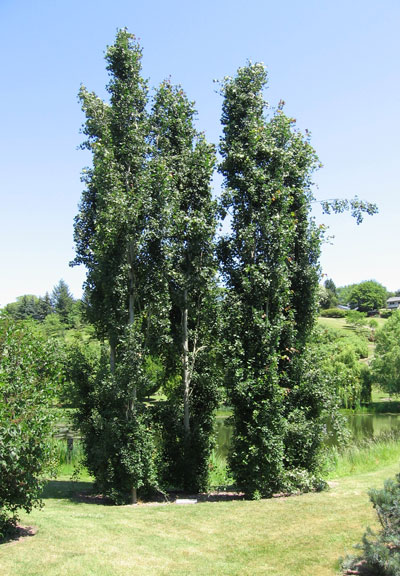
Photo by: Mark Wagner
In case you find weeds by your popular trees, simply remove them along with most of the roots. In case controlling these weeds is beyond your control, then go for a pesticide that you can buy in most of the nurseries. Otherwise continue to remove and discard the weeds, till they are wiped out.
During spring, once the tree has bloomed, prune the branch tips. Cut the branch at the node where the stem is attached by two leaves.
Often, adding fertilizers promotes the growth of poplar trees. A 10-10-10 mix of fertilizer is ideal. During spring and till the end of May, add fertilizers monthly twice. And in summer, fertilize once monthly. After October, stop adding fertilizers. Add your fertilizer in such a way that it does not touch the tree’s trunk. Put them in a 10-by-10 base area round the trunk of the tree.
Pest and Pesticides
The majority of the pests is generally the garden variety, easy to manage. Frequently, watch the popular tree for any symptoms of disease like a change in color or other growths. Do not worry, since most of the diseases are easily curable. Keep a watch on the attack of pests and diseases, even though it is rare. Garden pests such as aphids normally enter into the leaves and the roots, leading to problems.
Varieties
- Cottonwoods
- Columnar Poplars
- hybrids
- Poplars
- Aspens
- White Poplar
- Eastern Poplar
- Lombardy Poplar,
- Balsam Poplar

Having discovered a fondness for insects while pursuing her degree in Biology, Randi Jones was quite bugged to know that people usually dismissed these little creatures as “creepy-crawlies”.


